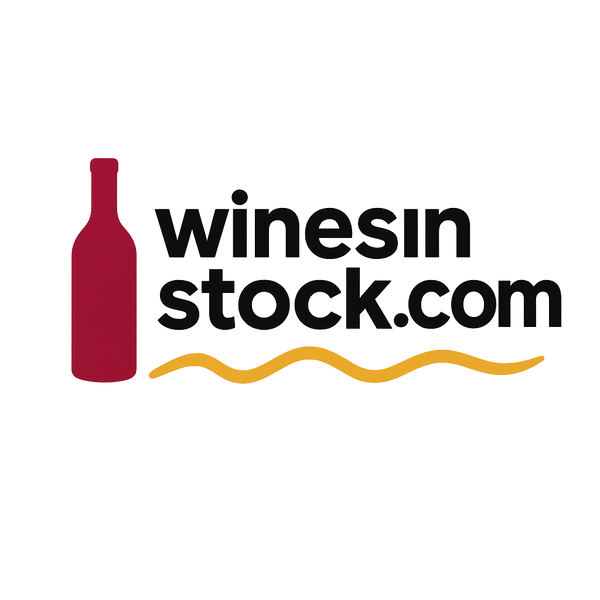
Fine Wines: A Sustainable Asset in 2025
Share
The Economic Appeal of Fine Wine Investment
Investing in fine wine has increasingly captured the attention of savvy investors looking for a sustainable asset class. As traditional markets fluctuate, fine wines have demonstrated remarkable resilience and consistent appreciation over time. The global demand for premium wines, particularly from regions like Bordeaux and Burgundy, continues to rise, fueled by a growing affluent consumer base and a burgeoning interest in wine culture. This heightened demand, paired with limited supply due to factors like climate change and stricter regulations on production, creates a unique market dynamic that benefits investors.
Moreover, fine wine investment is not merely about financial returns; it offers a tangible asset that can be enjoyed. Wine collectors often find satisfaction in curating their collections, attending tastings, and engaging with a vibrant community of enthusiasts. As we look toward 2025, fine wines are poised to remain an attractive asset, blending the allure of luxury with the promise of financial growth, making them a compelling choice for those seeking to diversify their portfolios.
Sustainability Practices in the Wine Industry
The wine industry has increasingly recognized the importance of sustainability, adopting practices that not only enhance the quality of the product but also protect the environment. Many vineyards are now implementing organic farming techniques, eschewing synthetic pesticides and fertilizers in favor of natural alternatives. This shift not only preserves soil health but also fosters biodiversity, allowing for a more resilient ecosystem. Water conservation has also become a priority; innovative irrigation systems, such as drip irrigation, minimize water waste while ensuring vines receive the necessary hydration.
Moreover, many wineries are investing in renewable energy sources, such as solar panels, to power their operations. This commitment to reducing carbon footprints extends to packaging as well, with a growing trend towards lightweight glass bottles and recyclable materials. By prioritizing these sustainable practices, the wine industry is not only responding to consumer demand for environmentally friendly products but also setting a precedent for other sectors to follow, ensuring a more sustainable future for generations to come.
Future Trends: How to Build a Resilient Wine Portfolio
As we look toward 2025, the landscape of fine wine investment is poised for transformation. A resilient wine portfolio will not only hinge on the quality of the wines selected but also on a keen understanding of market trends and consumer preferences. Investors should focus on regions that are gaining recognition, such as emerging wine countries that offer exceptional value. Sustainability is becoming increasingly important; wines produced through organic or biodynamic methods are likely to attract a premium as consumers become more environmentally conscious.
Additionally, the rise of technology in the wine industry, including blockchain for provenance tracking and AI for predicting market trends, presents new opportunities for savvy investors. Engaging with wine communities through social media can provide insights into emerging brands and vintages. By diversifying across different regions, varietals, and price points, investors can better weather market fluctuations, ensuring their portfolios remain robust in the face of changing consumer demands and global challenges.
